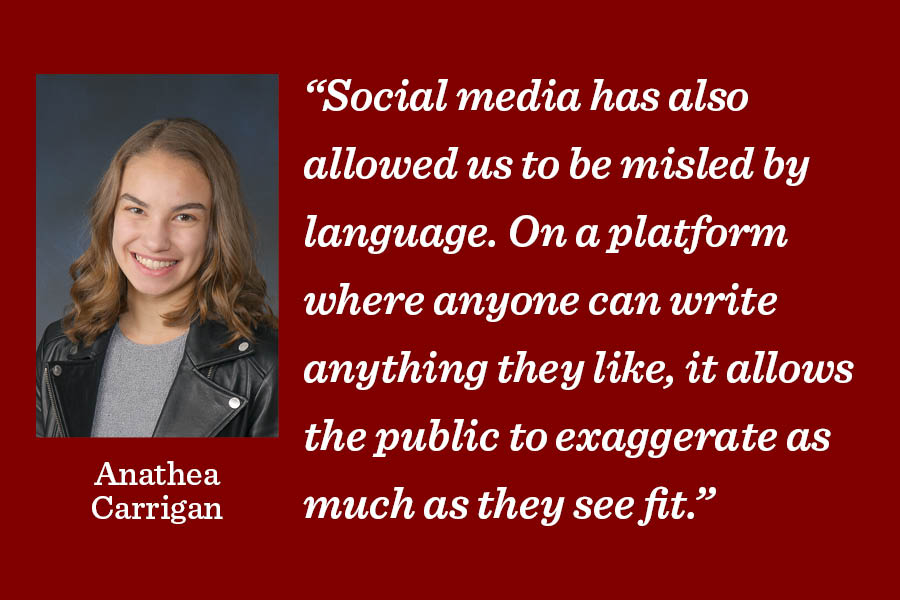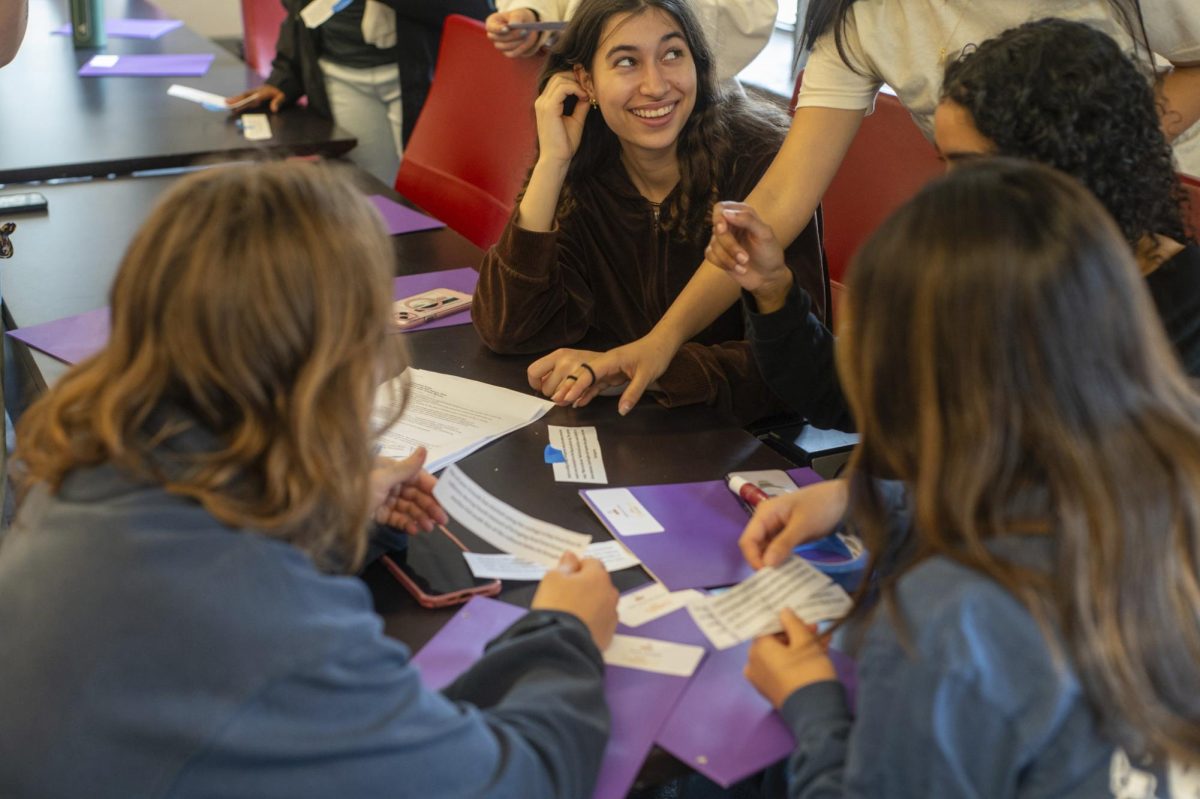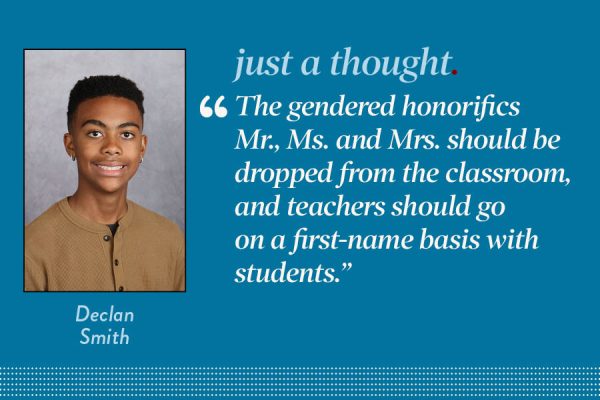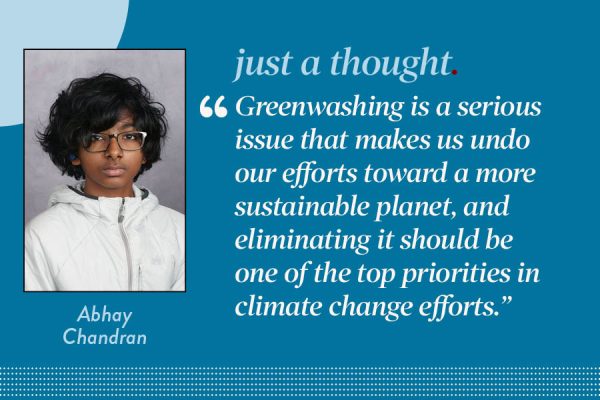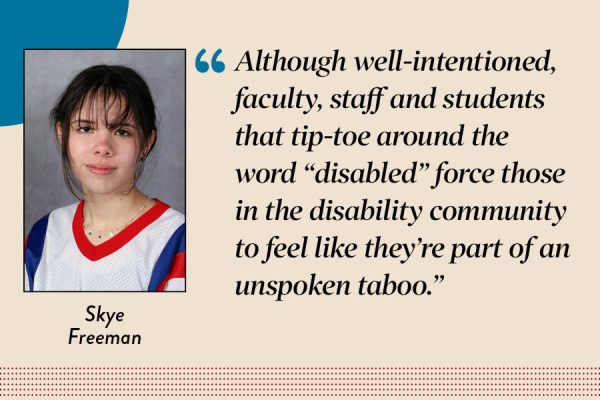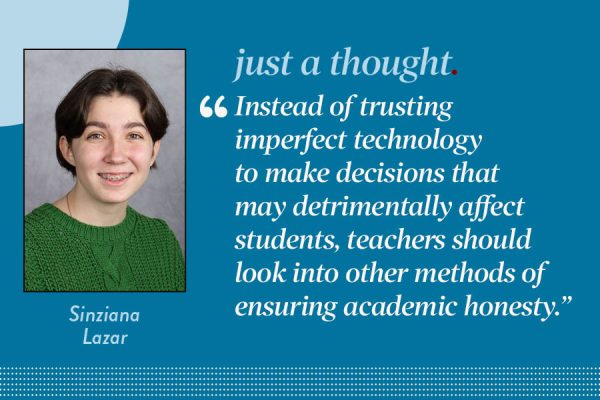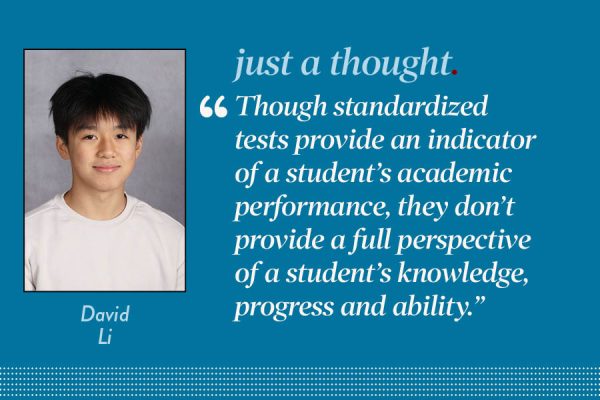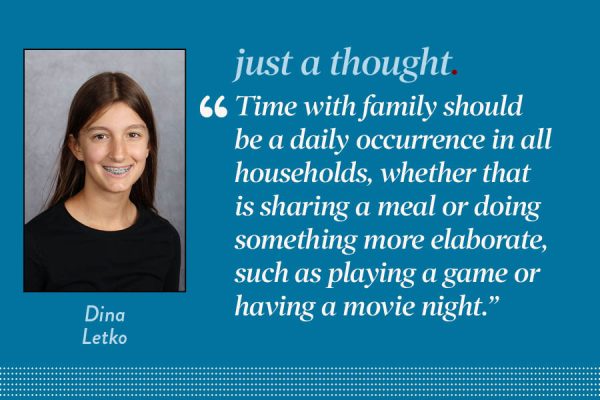Activism should not be conducted only through social media
April 26, 2020
Blow a hair dryer at 400℉ up your nose. Drink bleach. Inject yourself with disinfectant solution. Expose yourself to ultraviolet light. All of these are proposed solutions popularized on social media to curing the COVID-19 virus, and all of them could potentially kill you.
But to have a direct, helpful and safe impact, we should focus on taking action as a form of advocacy, whether that be through participating in strikes or organizing monetary donations, not reposting and sharing ads, propaganda or misinformation on social media.
Social media campaigns spread awareness by reaching large audiences quickly. They are more effective than the traditional poster method. With everyone who sees them being able to repost and share, it is easy for everyone to take a stance on an issue and stand up for what they believe in. In her book, Caroline Dadas talks about the efficacy of social media campaigns. She says that the notion that 83% of all Twitter users are within five steps of interconnection illustrates how a topic can reach a broad audience, considering the potential for retweets. The speed at which information, such as a hashtag, is spread eclipses the rate of awareness spread by face-to-face interaction.
Social media campaigns generate misinformation, and quickly. We are currently in the middle of a crisis due to COVID-19. As we strive to maintain our connections to the world, many people are desperate to believe the first so-called “facts” they see.
However, the awareness generated by these posts have not been proven to lead to any form of action. One of the most popular hashtag campaigns of 2014 was #bringbackourgirls. In April 2014, 276 girls were kidnapped from the Secondary School in Chibok, Nigeria. The terrorist group Boko Haram claimed responsibility, leading to outrage across the world.
#Bringbackourgirls was used to bring attention to the issue, and call for world leaders to take action to recover the girls. However, 112 girls remain missing today.
Social media campaigns generate misinformation, and quickly. We are currently in the middle of a crisis due to COVID-19. As we strive to maintain our connections to the world, many people are desperate to believe the first so-called “facts” they see. A survey of 1,000 people of varying ages conducted by the Reboot Foundation found that approximately one-third of those surveyed believed in at least one myth generated about the coronavirus from social media. Despite the high proportion of misinformed public, posts related to COVID-19 continue to trend upward. It seems the spread of misinformation will not come to a halt anytime soon. The ease of reposting on social media allowed the continuation of the cycle of false information, with corrections rarely being circulated with the same level of publicity.
Social media has also allowed us to be misled by language. On a platform where anyone can write anything they like, it allows the public to exaggerate as much as they see fit. One of the most common examples of this during the COVID-19 crisis is the use of “war language” when addressing solutions. Humans are naturally inclined to understand this language, as we understand the concept of war. Time and time again we are led to using the metaphor of war to explain crisis situations.
Even President Trump is subject to using this language. The president tweeted April 10 that “The Invisible Enemy will soon be in full retreat!” It is unclear who the “Invisible Enemy” is, as is the definition of retreat. The use of these metaphors allows him to dodge questions on how he actually intends to force COVID-19 to “retreat.” The use of this metaphorical language is yet another effort at spreading misinformation. Vague language can never be proven untrue, therefore making it a loophole for truth.
Activism on social media can make people believe they are taking enough action for causes they care about. They may no longer attend events such as protests or strikes. These strikes have the power to make actual change. Strikes and protests force people to listen to us, whereas on social media, people can tap or scroll through anything they don’t wish to read about. Protests reach our representatives, who can take action with the law for us. At just 16, Greta Thunberg wrote “school strike for climate” on a poster, and began to skip school on Fridays. She protested outside the Swedish Parliament advocating for action in regards to climate change. She was called upon to give a speech at the UN Climate Summit later that year. Her dedication to helping the environment inspired young people across the globe to skip school and strike on Dec. 6. Millions of people took part in the strike, forcing people to talk about climate change and address the issue.
Stop only posting on social media as activism. Social media activism, dubbed slacktivism, is not proven to result in any sort of action. As the stay-at-home order is extended to May 30, we must look for new ways to advocate and make issues we care about actually heard and acted upon.



